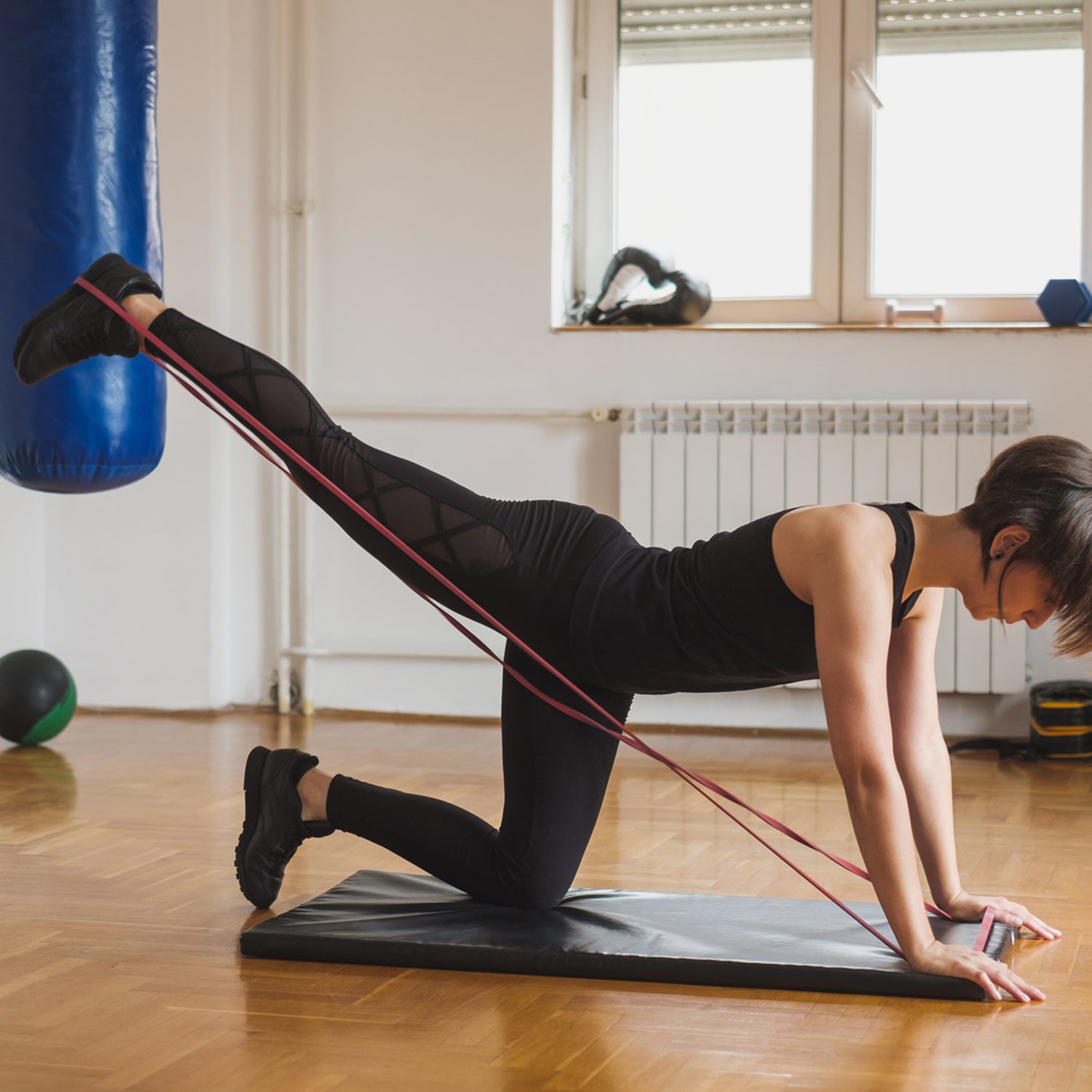Back in 1961, a pair of researchers at the University of California published the first scientific description of what became known as the “bilateral strength deficit.” The gist is that your right and left limbs, working separately, are stronger than when you use both limbs at the same time. The 1961 paper tested grip strength, but subsequent studies have observed the effect for all sorts of arm and leg movements. As a result, the load you can press with both legs is almost always less than double what you can press with either leg individually.
The bilateral strength deficit is often invoked in the longstanding debate about whether you should train one limb at a time or both together. Proponents of the former argue that, by training one limb at a time, you generate more force overall and presumably get better adaptations as a result. Those who favor the latter counter that bigger loads during a single lift challenge the body more—and, presumably, produce better adaptations.
The evidence for who’s right is fairly equivocal. For example, a major meta-analysis published earlier this year in Sports Medicine by an international team led by Jason Moran of the University of Essex pooled the data on single-limb versus dual-limb resistance training for sprint speed. You sprint one leg at a time, so it was reasonable to think that single-limb training might be more relevant and effective. But the overall conclusion was that both methods of training improve sprint performance, with no significant differences between them. There may be situations where one is preferable, Moran and his colleagues point out: an athlete with back pain might prefer the lower loads used in single-limb training, for example. But there isn’t an obvious advantage to either approach.
That may be different for endurance athletes, though. Another new study, this one from Sanghyeon Ji, Lars Donath, and Patrick Wahl of the German Sport University Cologne, tests a subtly different protocol. Instead of simply doing a set with the right leg followed by a set with the left leg, their subjects alternated legs after every rep. The rationale: when you alternate legs, just as when you cycle, “the central motor drive needs to cross the side from the left hemisphere to the right and vice versa.” This specific pattern of neural activation, the researchers suggest, may translate better to the real-world demands of contracting your muscles while cycling.
The study, which appears in the Journal of Strength and Conditioning Research, divided 24 cyclists and triathletes into three groups. One was the control group, which did no strength training; the other two groups did ten weeks of twice-weekly strength sessions consisting of four sets each of leg press, leg extension, and leg curl. They did between four and ten reps in each set, taking one second to raise the weight and one second to lower it. One group did the exercises with both legs at once, and the other alternated single-leg lifts, with the total load matched between the groups.
One conclusion was fairly clear: strength training works. Maximal leg strength increased in both training groups (by 28 percent when training both legs, and by 27 percent when training one leg at a time), compared to just six percent in the control group. Endurance performance in a time-to-exhaustion ride lasting about half an hour increased by a surprising 67 percent in the single-leg group and 43 percent in the double-leg group, but only 37 percent in the control group. Sprint performance edged slightly upward in the training groups, but actually got six percent worse in the control group, who had agreed not to do any strength training at all during the study.
Whether the alternating-leg protocol is better than double-leg training is trickier to determine. Yes, the improvement in time-to-exhaustion was bigger for the alternating-leg group. And there were a few other outcome measures, like the acceleration during a 15-second sprint, that seemed to favor the same group. The researchers conclude that both approaches increase strength equally well, but their alternating protocol “seems to be superior in optimizing the transfer of improved strength capacity to cycling sprint performance.” But more research is needed to confirm this idea, they concede.
I’m not quite ready to pronounce a winner at this point. One of the studies I read while learning about the bilateral strength deficit, from back in 2015, argues that the effect isn’t really about how signals travel from the brain to the muscles during single- or double-limb contractions, as is often assumed. Instead, the authors attribute it to the way the body is positioned and braced during the different types of movement. When you’re pressing with one leg, you can use other parts of your body to generate more torque than when you’re trying to press with both legs at once. The conclusion, to me, is that one-legged isn’t necessarily better than two-legged, but it’s different. You’ll use different stabilizing muscles, generate different neural signals, and move differently.
On that basis, I’d say that the most important thing is not to emulate the control group in the new study, which lost sprint speed by skipping strength training entirely. But as for the details, it looks like the best approach is to pick whichever protocol you prefer—or better yet, do both.
Hat tip to Chris Yates for additional research. For more Sweat Science, join me on Twitter and Facebook, sign up for the email newsletter, and check out my bookEndure: Mind, Body, and the Curiously Elastic Limits of Human Performance.

